Introduction
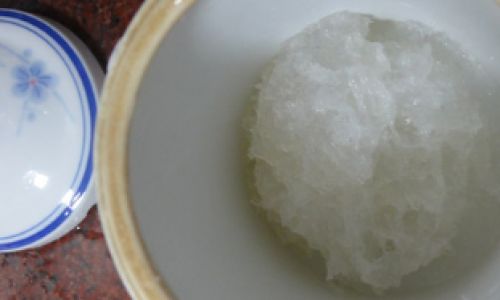
Edible bird’s nest, a luxurious delicacy revered in many Asian cultures, particularly in China, Malaysia, Indonesia, and Thailand, has been cherished for centuries due to its perceived health benefits and exquisite taste. This natural product, derived primarily from the salivary secretions of certain swift species, is known for its ability to enhance vitality, improve skin health, and support respiratory function. However, preparing bird’s nest correctly is crucial to unlocking its full potential and ensuring a pleasant culinary experience. One of the most fundamental steps in preparing bird’s nest is soaking—a process that requires careful attention to detail. This article aims to provide a comprehensive guide on how long edible bird’s nest should be soaked, along with insights into the soaking process, tips for optimal preparation, and potential pitfalls to avoid.
Understanding the Soaking Process
Soaking edible bird’s nest serves several purposes. Firstly, it softens the nest, making it easier to clean and cook. Secondly, it helps to remove impurities, such as feathers, dirt, and debris, that may be present in the nest. Lastly, soaking allows the nest to absorb water, which is essential for its expansion during cooking and ensures a more tender texture.
The duration of soaking depends on various factors, including the type of bird’s nest, its origin, and the desired texture. Generally, there are two main types of bird’s nest: cave-nested and house-nested. Cave-nested bird’s nest, which is often considered more superior due to its darker color and thicker texture, may require a longer soaking time compared to house-nested bird’s nest, which tends to be lighter and thinner.
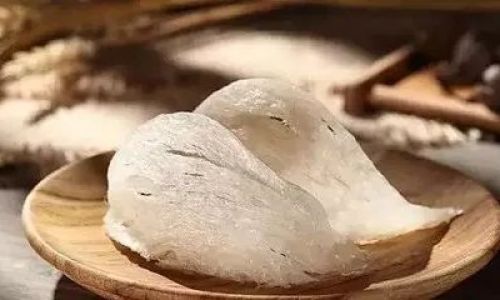
Recommended Soaking Duration
For most types of edible bird’s nest, the general recommendation is to soak the nest in clean, cold water for approximately 4 to 6 hours. This timeframe allows the nest to soften sufficiently without becoming overly mushy. However, it’s important to note that soaking times can vary widely based on personal preference and the specific characteristics of the nest.
-
Initial Soak: Begin by placing the bird’s nest in a bowl or container filled with clean, cold water. Ensure that the nest is fully submerged. It’s advisable to use filtered or bottled water to avoid introducing any unwanted impurities. Allow the nest to soak for at least 4 hours. During this time, you may notice that the nest begins to expand and soften.
-
Inspection and Cleaning: After the initial soak, gently lift the nest out of the water and inspect it closely. Use tweezers or a fine-toothed comb to remove any feathers, dirt, or debris that have become loose. Be careful not to tear or break the nest during this process. Once cleaned, rinse the nest under cold running water to remove any remaining impurities.
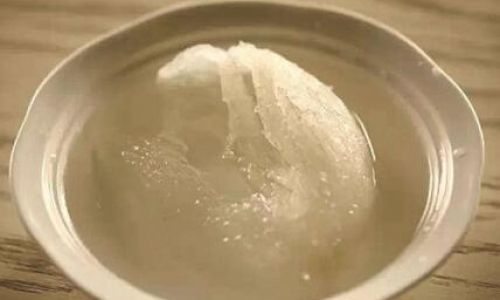
-
Second Soak (if necessary): If the nest still feels too firm or if there are stubborn impurities that are difficult to remove, you can soak it for an additional 1 to 2 hours. However, be cautious not to over-soak the nest, as this can lead to a loss of texture and flavor.
Factors Affecting Soaking Time
Several factors can influence the optimal soaking time for edible bird’s nest:
- Type of Nest: As mentioned earlier, cave-nested bird’s nest typically requires a longer soaking time than house-nested bird’s nest.
- Age of Nest: Older nests may be harder and require a longer soaking period to soften.
- Quality and Origin: The quality and origin of the nest can also affect soaking time. High-quality nests from reputable sources may soften more quickly and require less soaking.
- Desired Texture: If you prefer a softer, more tender texture, you may opt for a longer soaking time. Conversely, if you prefer a firmer texture, soak the nest for a shorter period.
Tips for Optimal Preparation
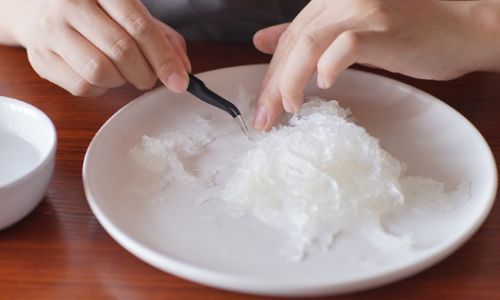
- Use Cold Water: Always soak the bird’s nest in cold water. Hot water can cause the nest to cook prematurely, resulting in a loss of texture and flavor.
- Change Water: If the water becomes discolored or murky during soaking, change it immediately to prevent the nest from absorbing unwanted impurities.
- Avoid Over-Soaking: Be cautious not to over-soak the nest, as this can lead to a loss of texture and flavor. Once the nest is soft enough to easily separate the strands, it’s ready for cooking.
- Store Properly: If you’re not ready to cook the nest immediately after soaking, drain it well and store it in a clean, airtight container in the refrigerator for up to 24 hours.
Potential Pitfalls to Avoid
- Using Hot Water: As mentioned earlier, soaking the nest in hot water can cause it to cook prematurely, resulting in a loss of texture and flavor.
- Over-Cleaning: Be gentle when cleaning the nest to avoid tearing or damaging it. Over-cleaning can also remove valuable nutrients and flavor.
- Over-Soaking: Over-soaking the nest can lead to a mushy texture and a loss of flavor. Always check the nest regularly during soaking to ensure it doesn’t become too soft.
- Improper Storage: Once soaked, the nest should be stored in a clean, airtight container in the refrigerator to prevent bacterial growth. Avoid storing it for extended periods, as this can affect its quality and safety.
Conclusion
Soaking edible bird’s nest is a crucial step in preparing this luxurious delicacy. By following the recommended soaking times and tips for optimal preparation, you can ensure that your bird’s nest retains its texture, flavor, and nutritional value. Remember to use cold water, change the water if it becomes discolored, avoid over-soaking, and store the nest properly once soaked. With these guidelines in mind, you’ll be able to enjoy the full benefits of this ancient and revered food, whether you’re preparing it for yourself or sharing it with loved ones.
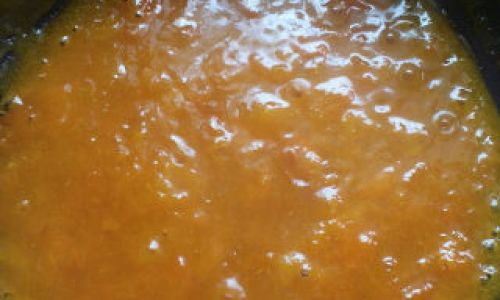
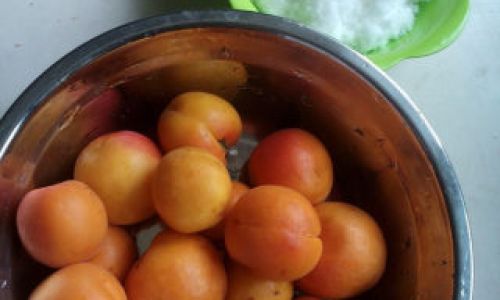
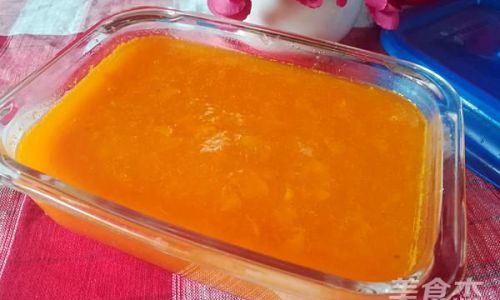



0 comments